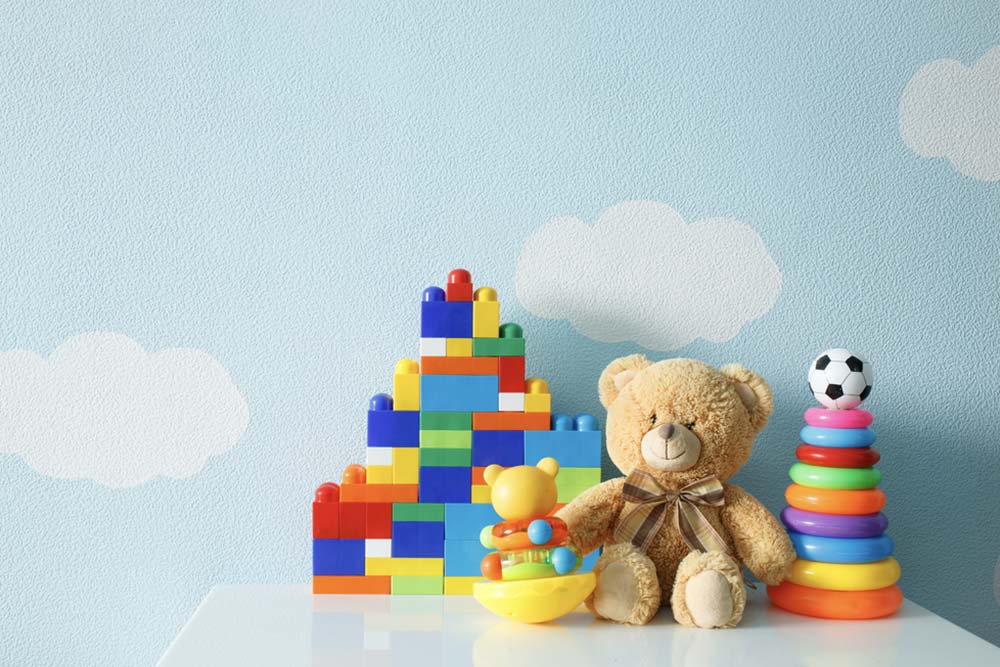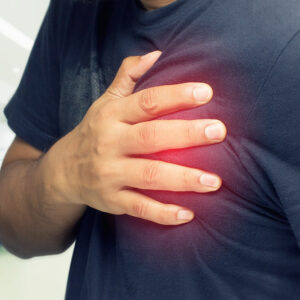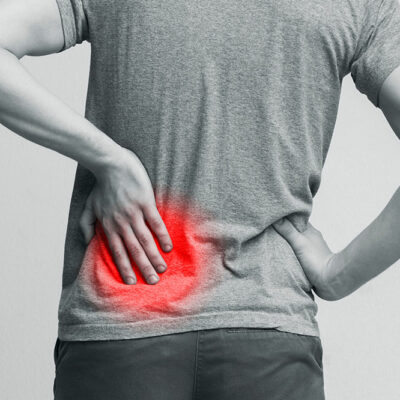7 toys for kids to keep them occupied for longer periods

Most kids’ attention spans do not last long like they do for adults, which means kids can quickly get bored with toys. Sometimes, they lose interest within moments of opening a new one. In such situations, keeping them engaged for hours can get difficult. Many toys keep them entertained and immersed, fueling their imagination and creativity to help them learn new skills. Here are some popular toys for kids to keep them occupied for hours.
Building blocks and construction sets
Building blocks and construction sets have been among the most popular toys for children of various ages for many years. Kids can build everything under the sun that their imagination allows, from skyscrapers to spaceships, for hours at end. These are pretty helpful in sparking creativity and imagination. Another benefit of learning to play with building blocks is that it activates logical thinking and motor skills in young toddlers and kids.
Art and craft open-ended toys
Providing toys that include arts and crafts kits is another way to keep kids hooked. These toys help engage their sense of touch, sight, and sound. Moreover, these toys help develop fine motor skills and hand-eye coordination. They keep kids busy for hours, helping them explore their creativity and self-expression.
Board games
Board games are a good source of entertainment that keeps kids busy. Some of the most popular and classic board games have been sources of valuable opportunities for social interaction and learning for the past many years. Moreover, many of these games help younger kids develop strategic thinking skills that can be useful as they grow older.
Puzzles
Puzzles are excellent for kids who enjoy playing alone or with others. Age-appropriate puzzles can provide the necessary challenge to keep them engaged for hours. Furthermore, jigsaw puzzles and 3D design-based puzzles can help children improve their problem-solving abilities and develop patience.
Outdoor play equipment
Outdoor play equipment and toys provide children with a more engaging and active play experience. When the weather is pleasant, kids can enjoy hours of fun while getting the necessary physical exercise. Bikes, scooters, and skateboards are popular and timeless choices for outdoor play equipment. Contemporary options like hoverboards, trampolines, swing sets, climbing structures, and rollerblades can also be great. However, it’s essential to ensure children wear the appropriate safety gear, such as helmets and elbow pads, while using such equipment. Additionally, it is crucial to keep a close eye on them at all times to prevent any accidents or harm.
Dolls and action figures
Most kids can spend hours indulging in imaginative play. One of the best ways to help them do so is through toys such as dolls and action figures. Providing them with the dolls of their favorite characters can encourage role-playing and storytelling. Also, toys such as dollhouses, playsets, and accessories can help to add excitement to their play experience as they create their narratives and stories during playtime.
Educational toys
Educational toys can be a fantastic option to keep kids occupied for extended periods. These toys allow children to play while learning essential skills. For example, STEM-focused toys, robotics, and science experiment kits can encourage kids to be interested in the world around them. Additionally, these toys provide a fun way to help kids develop their cognitive skills.










